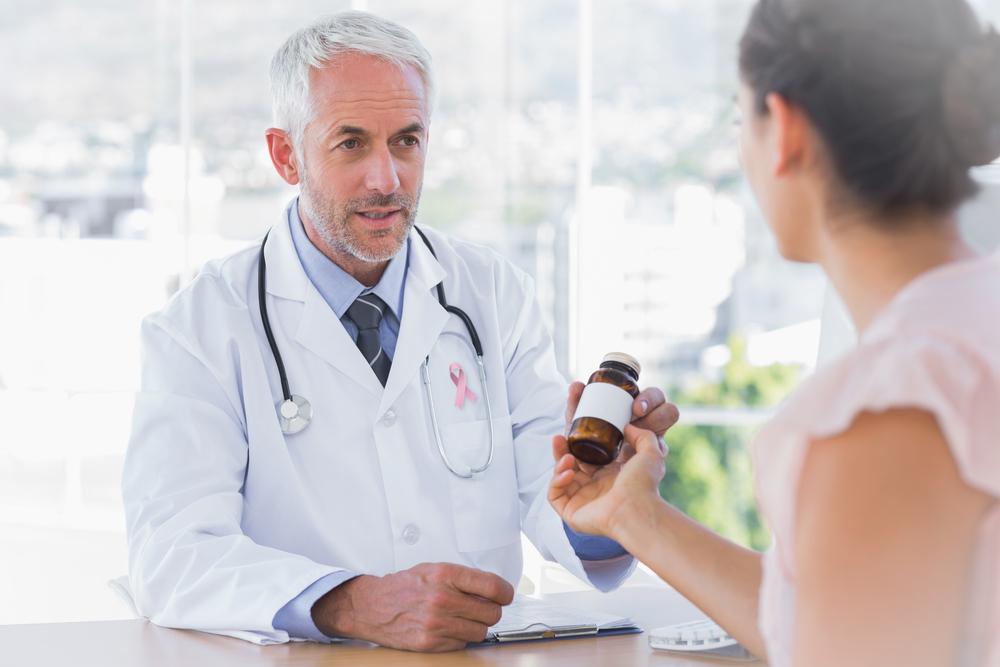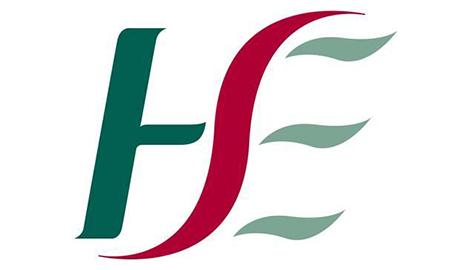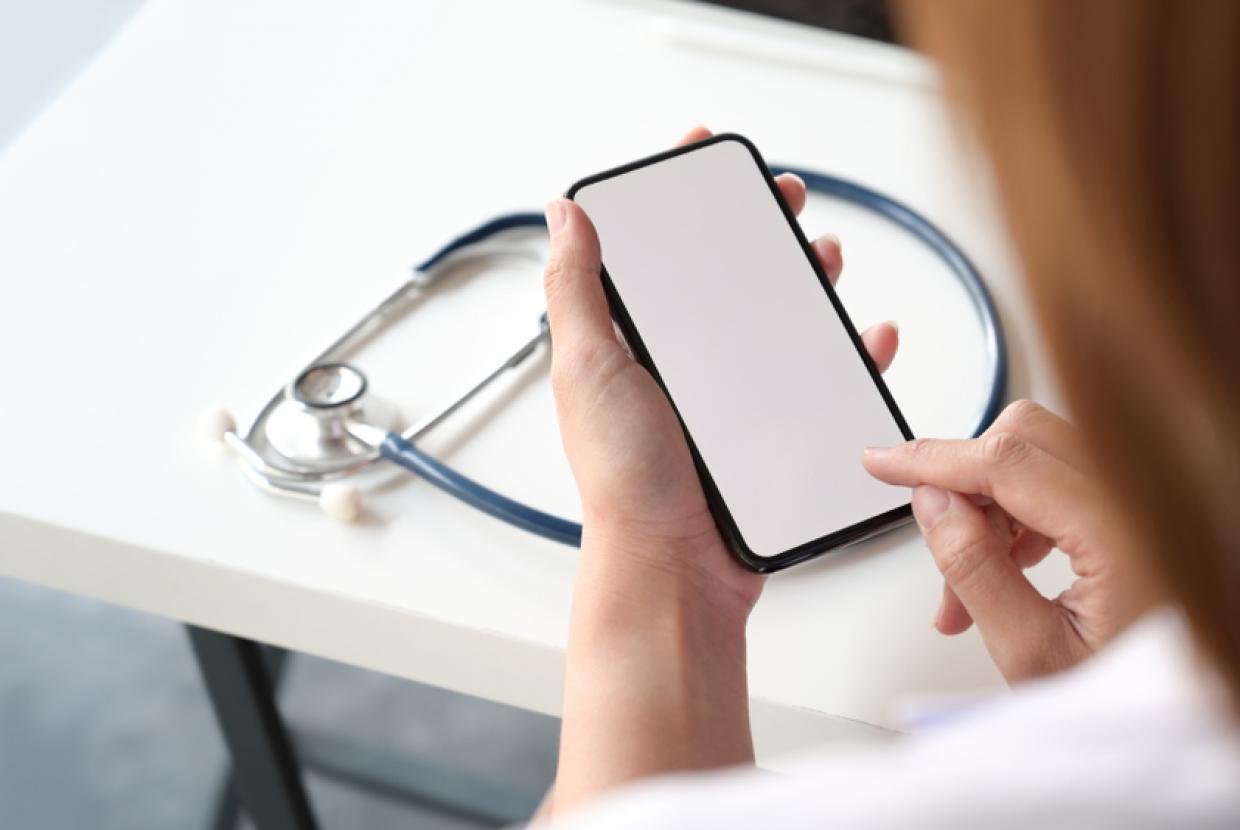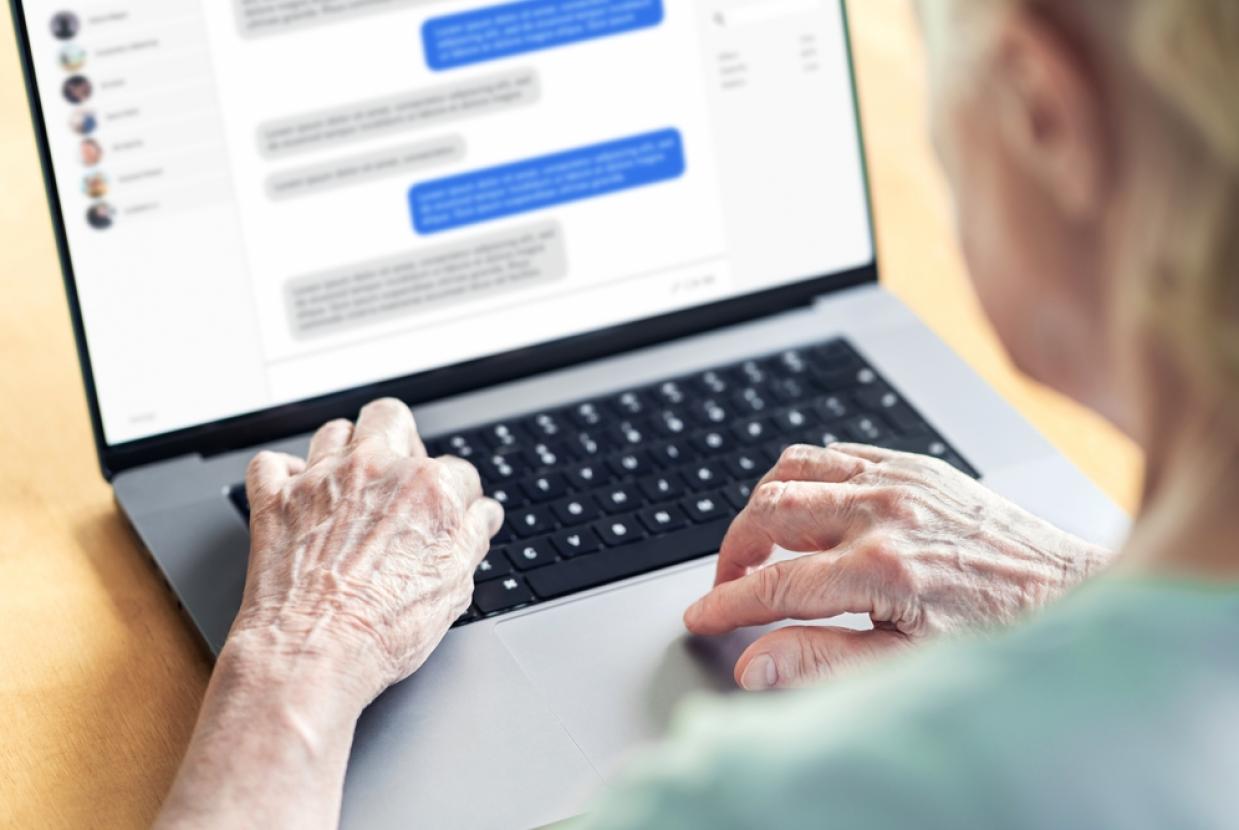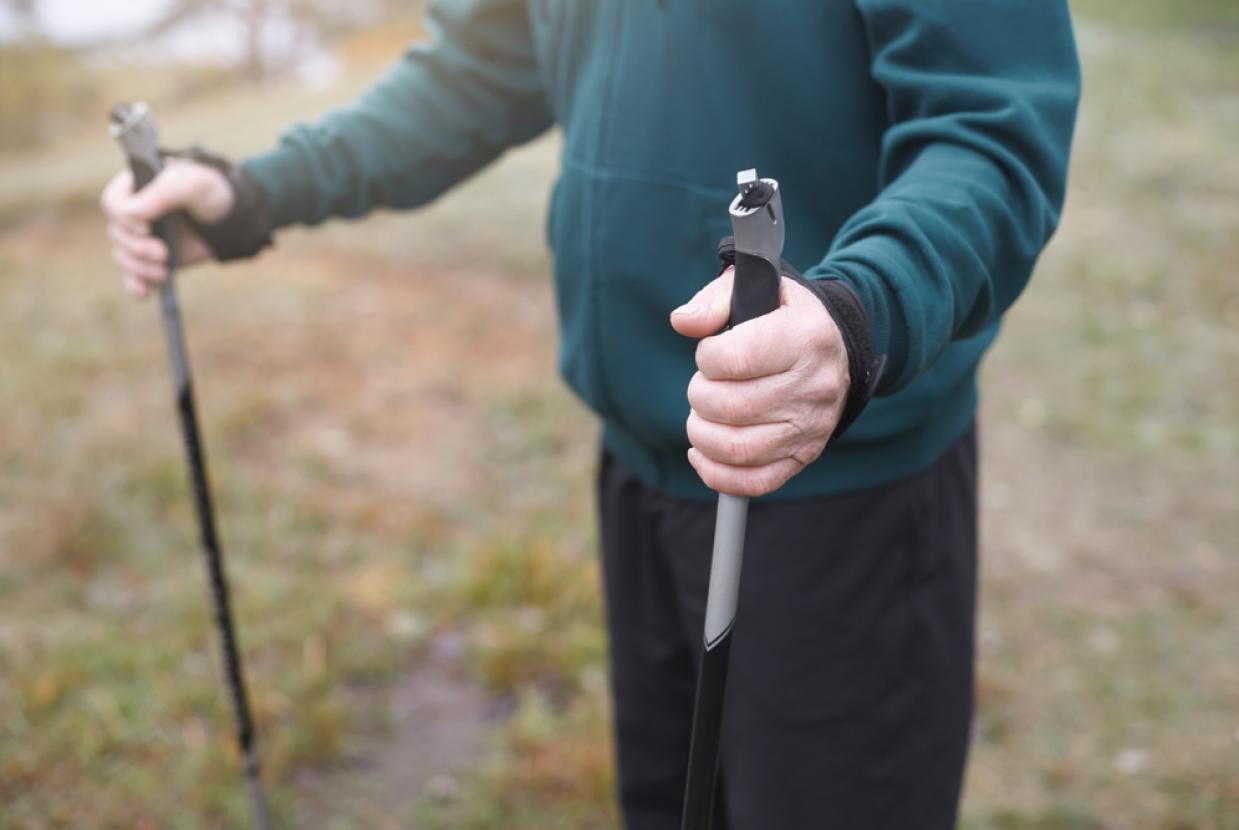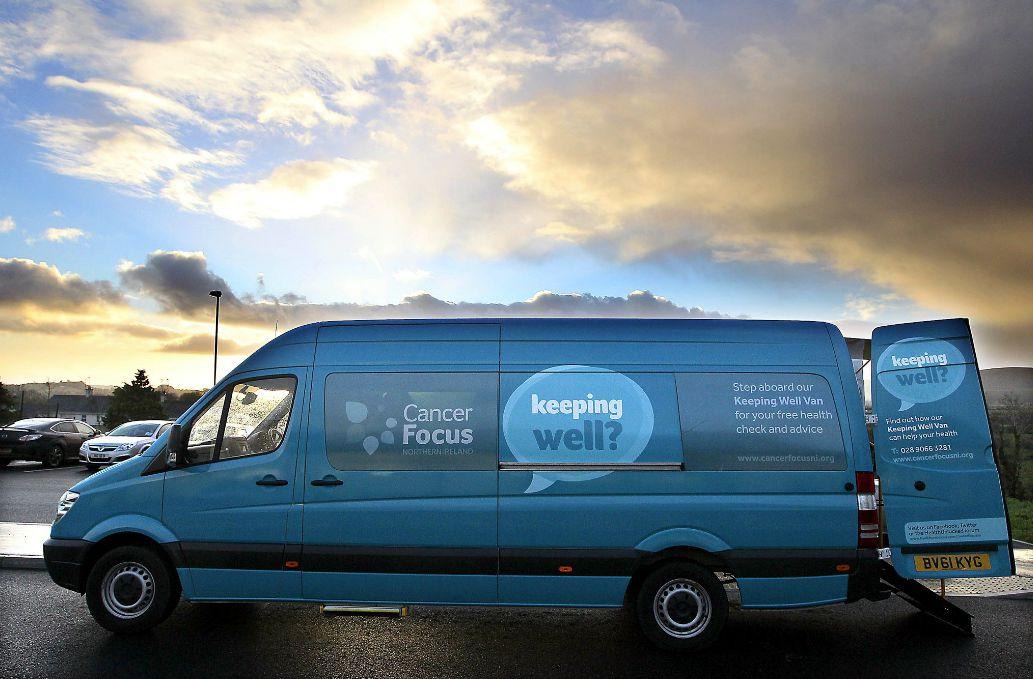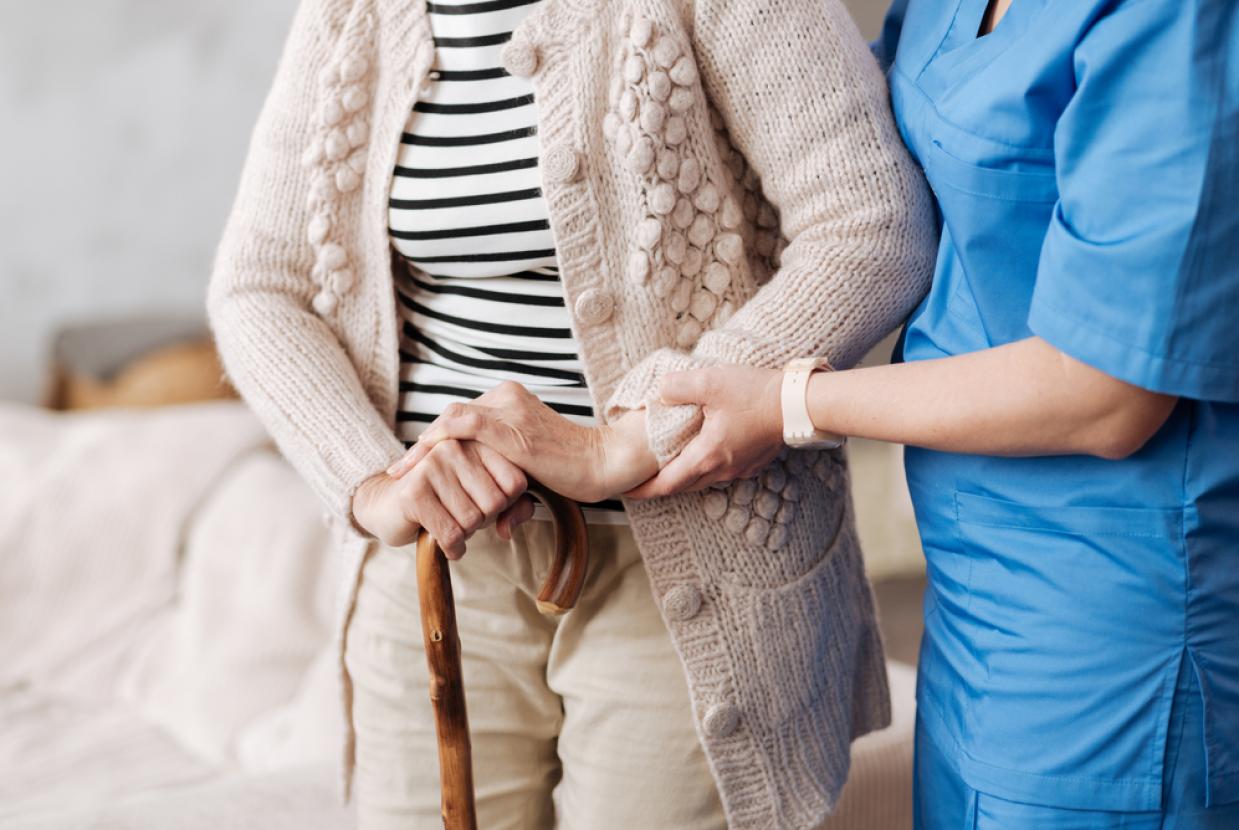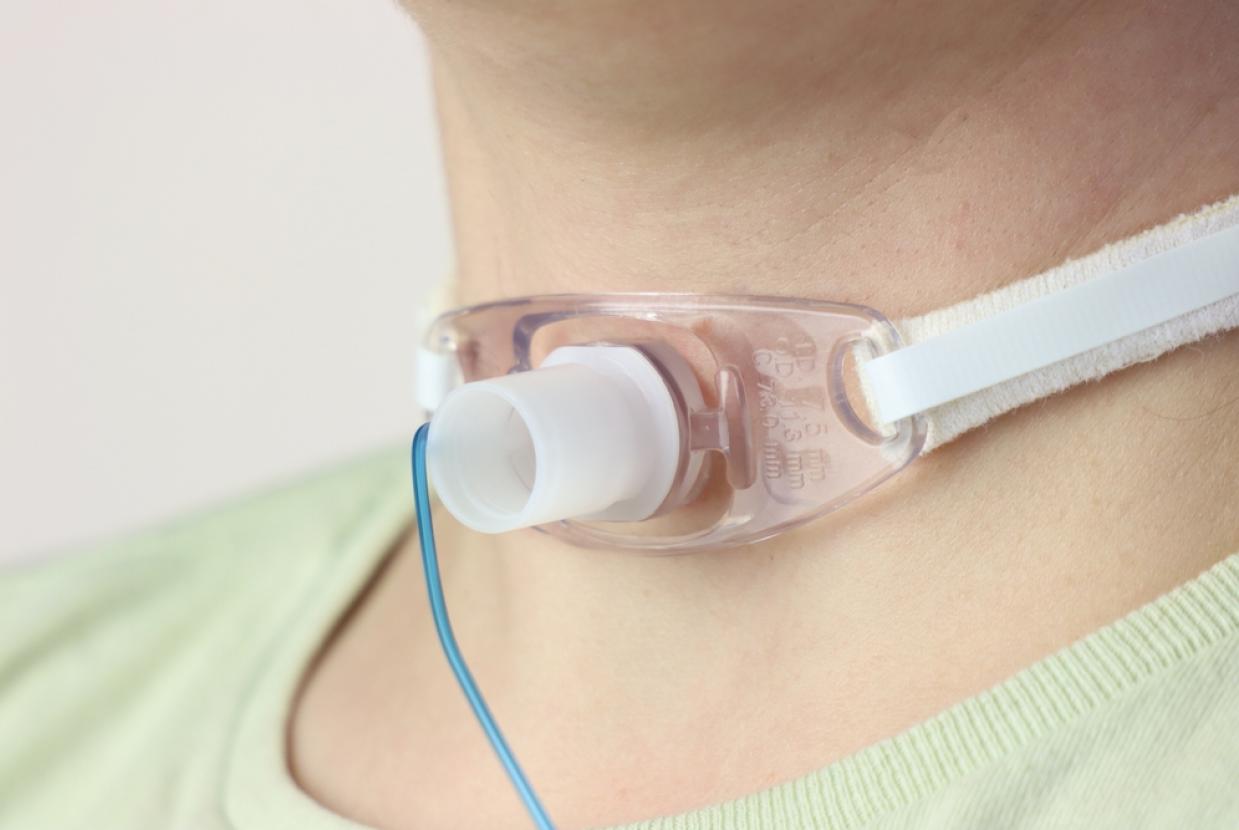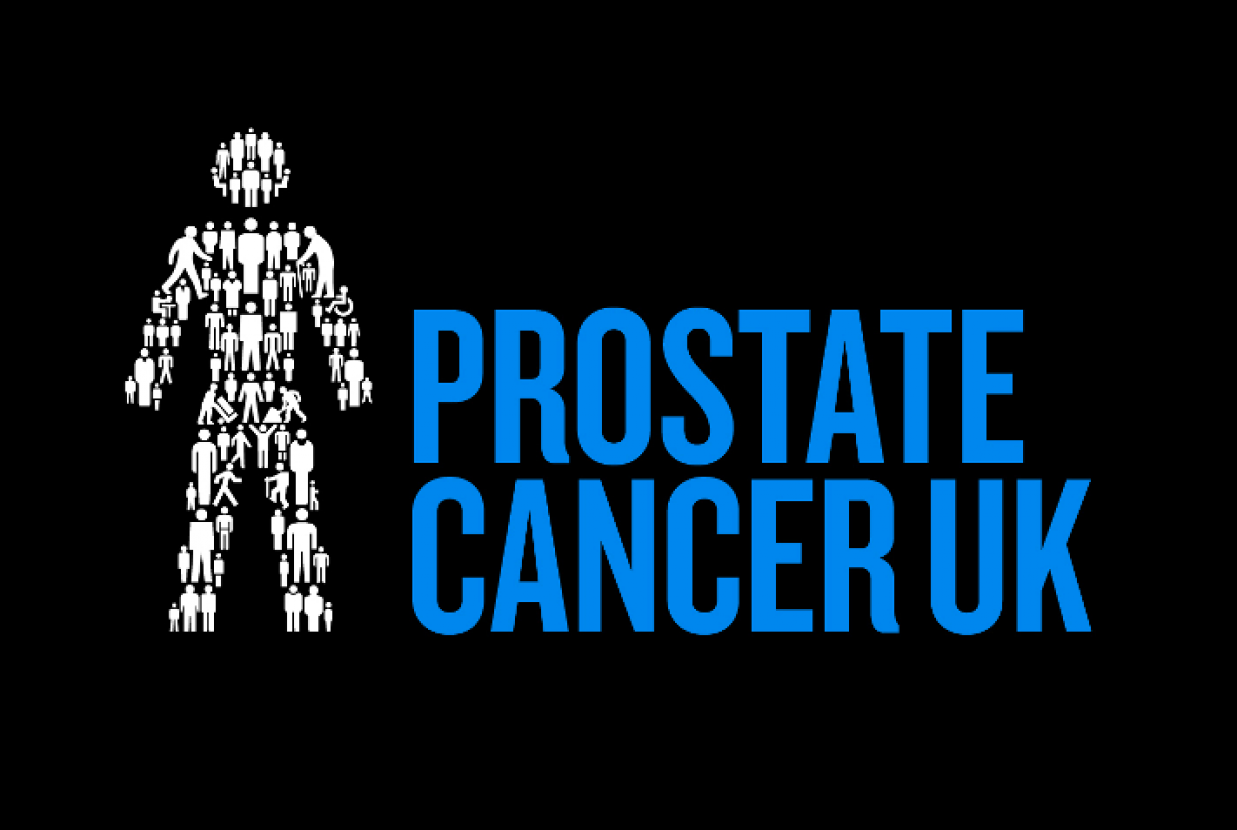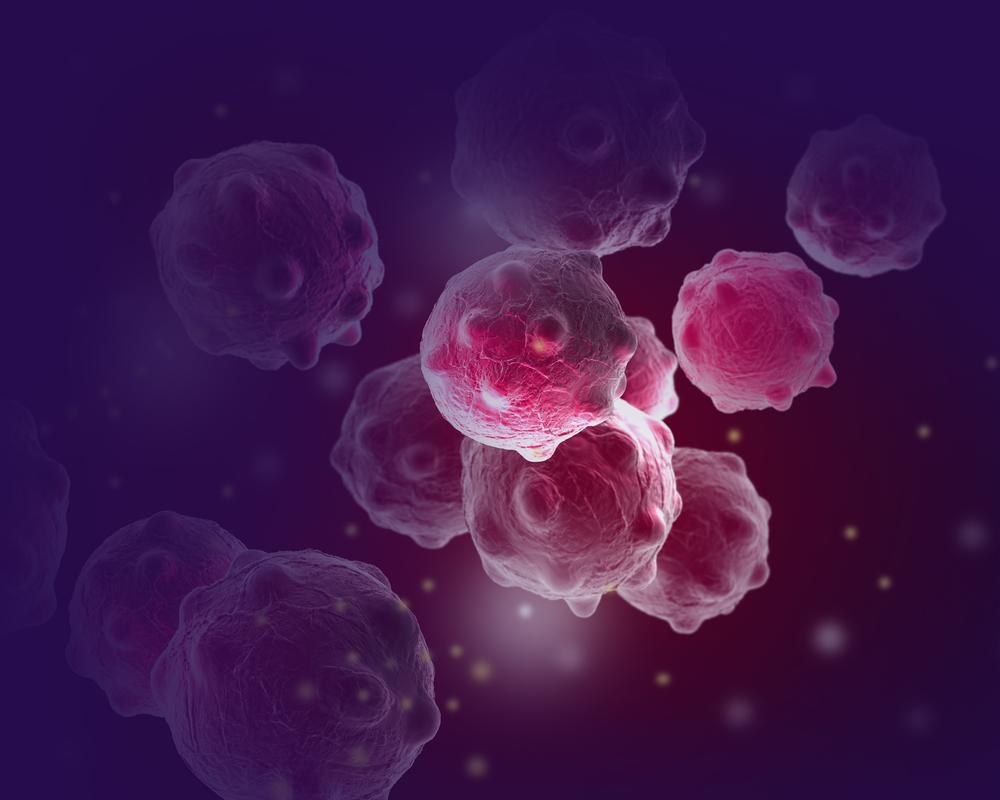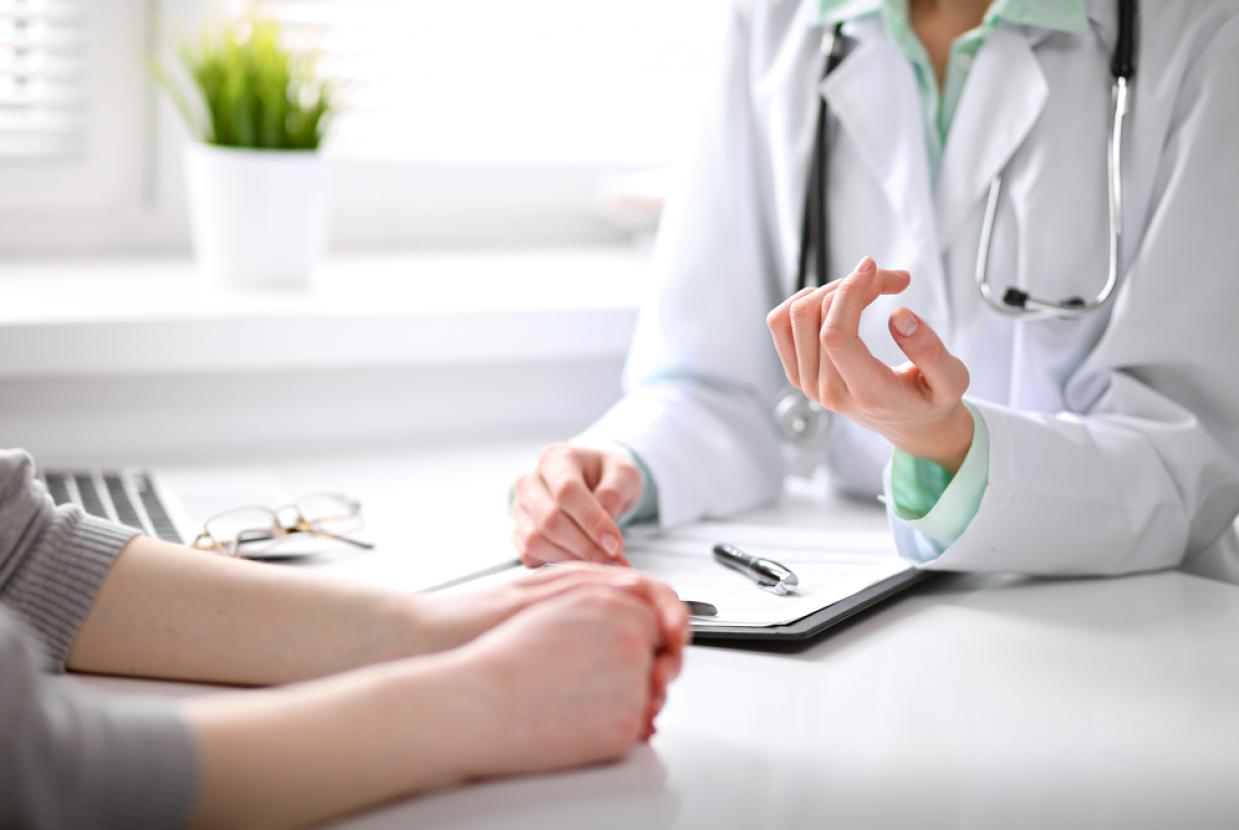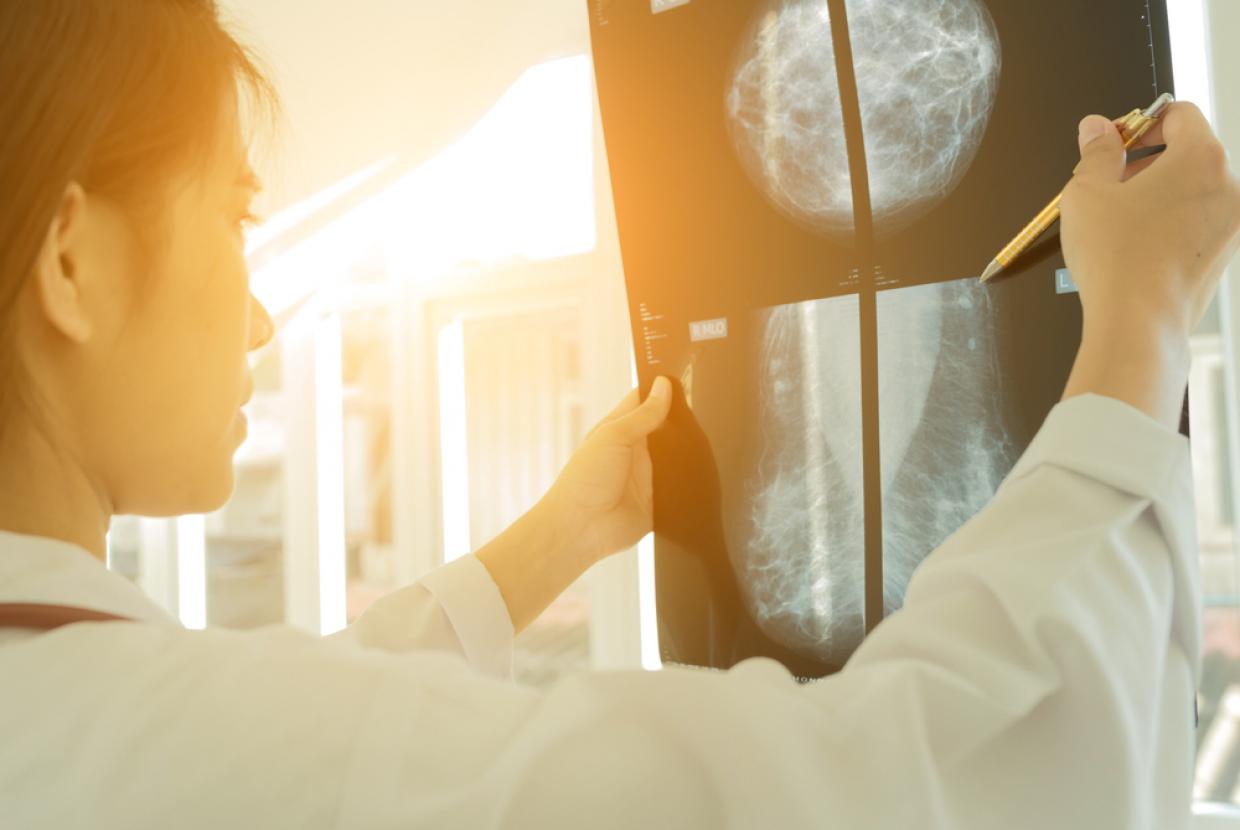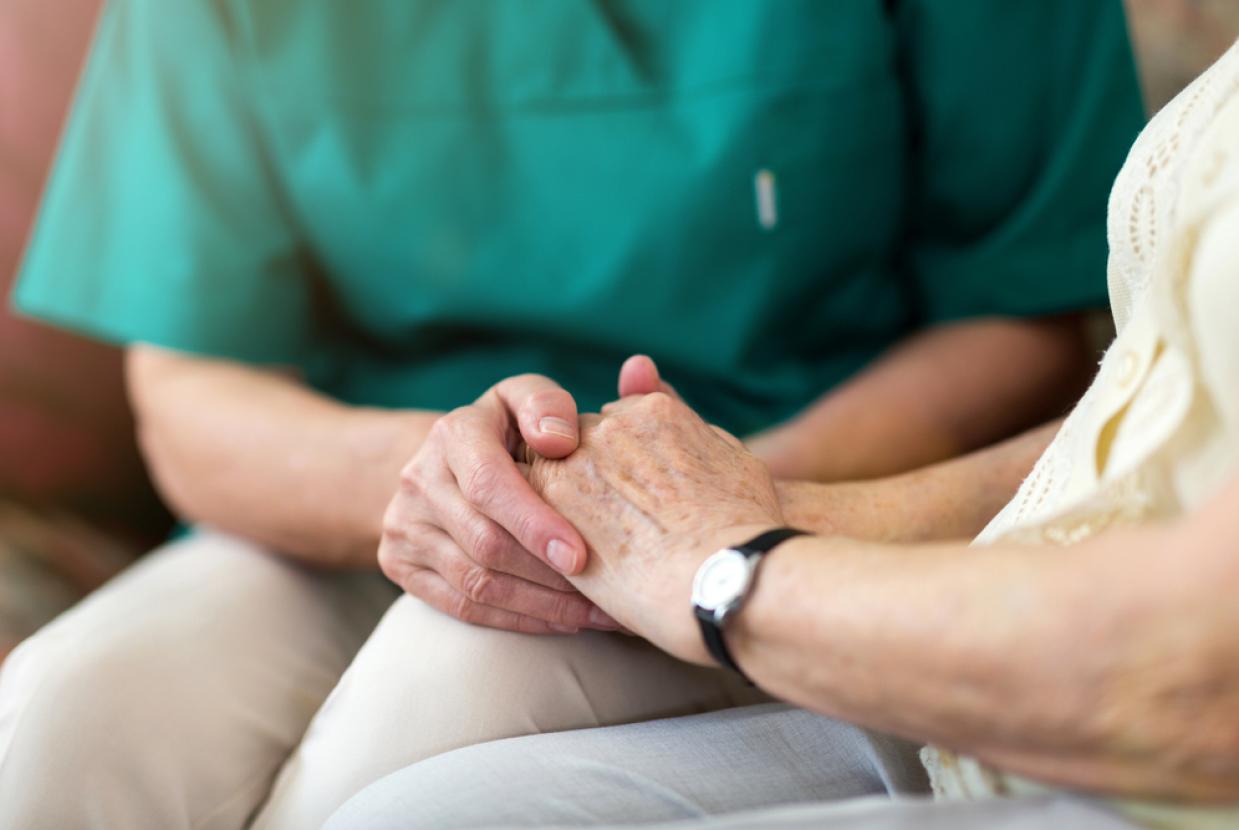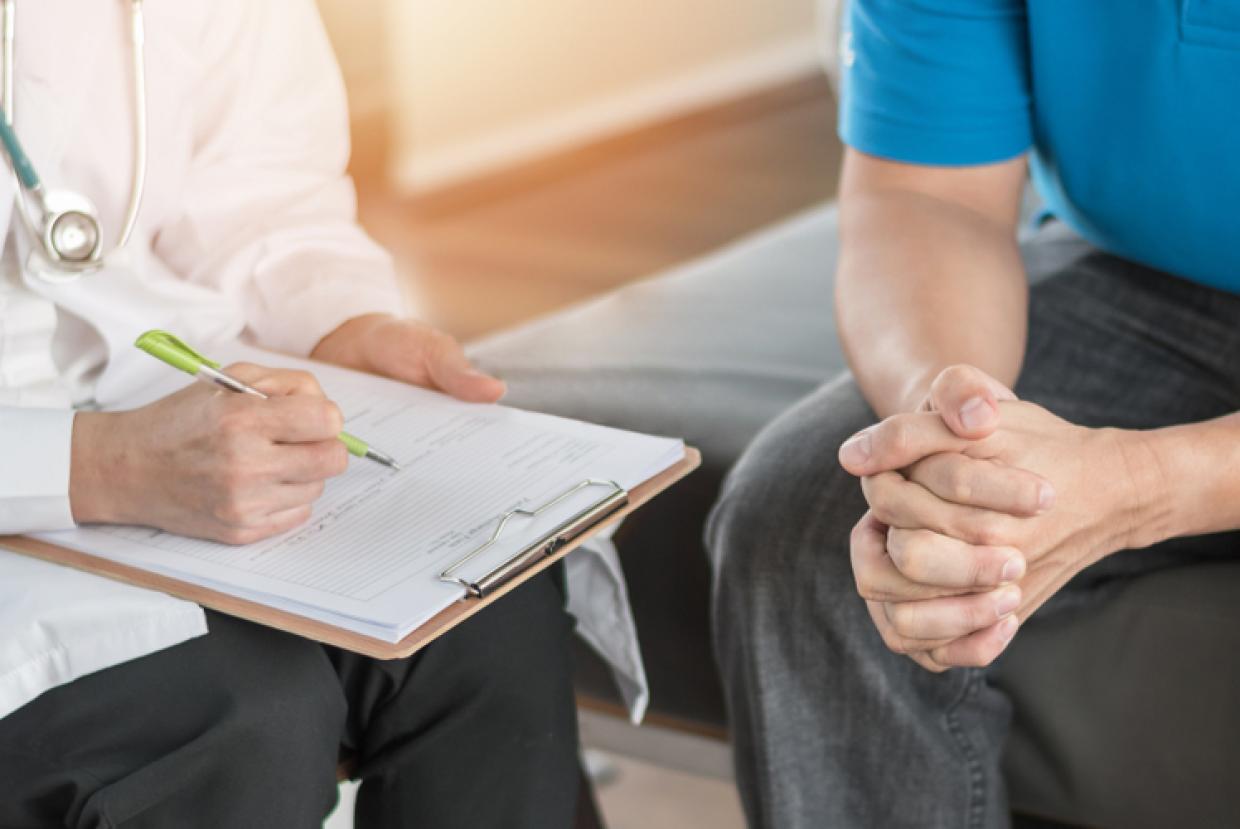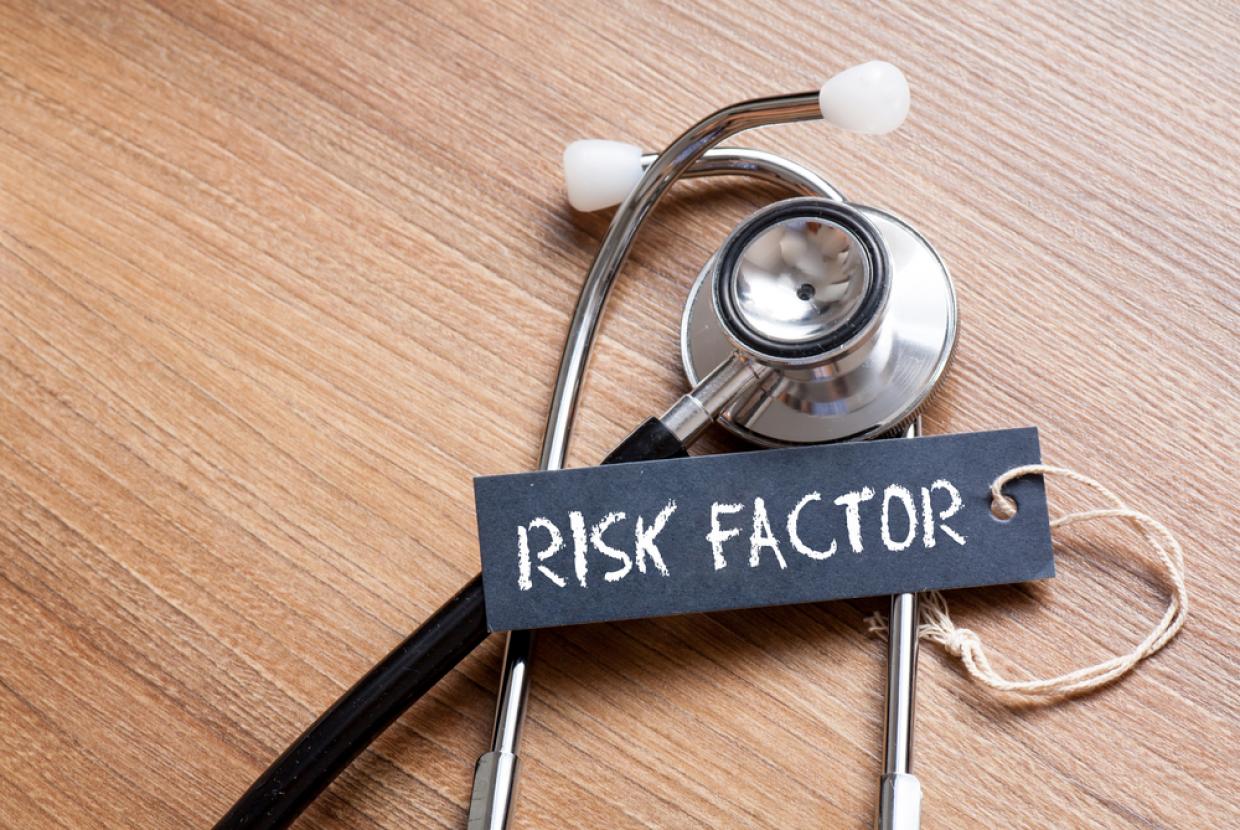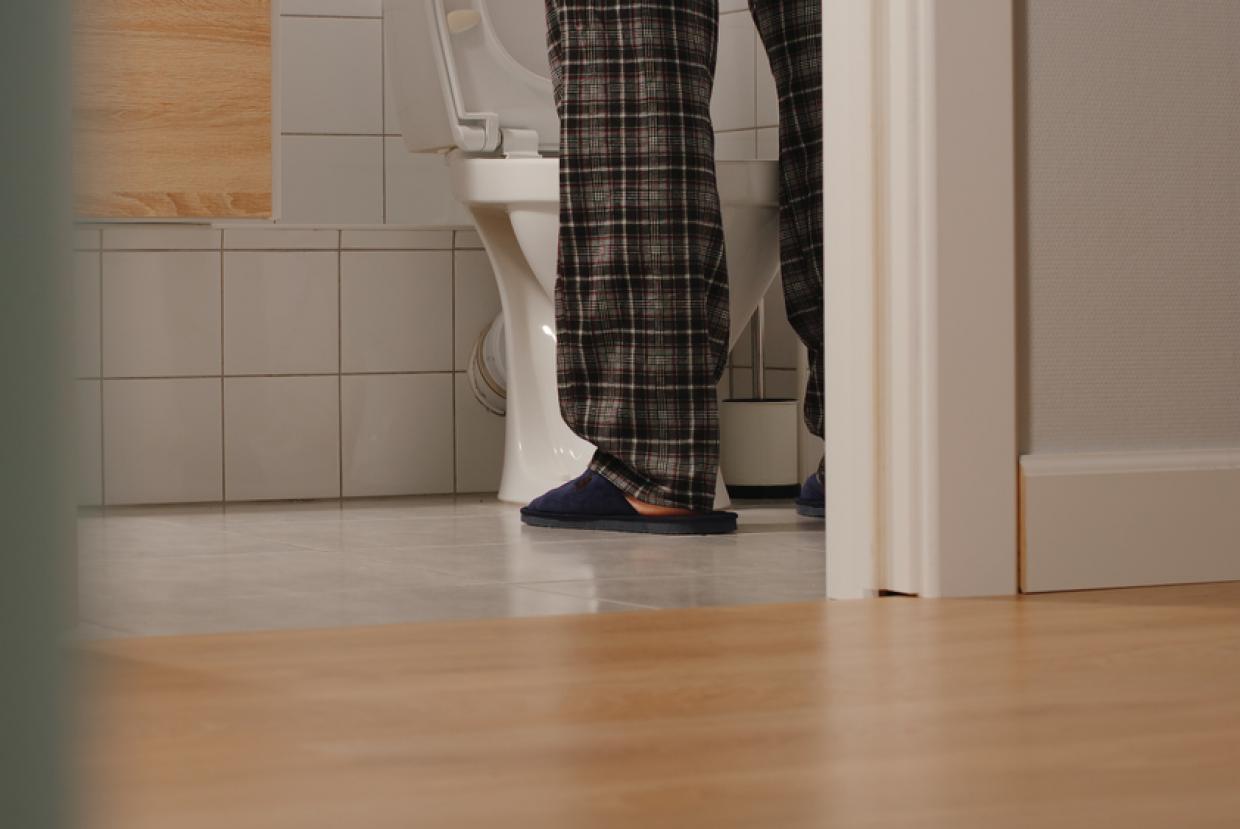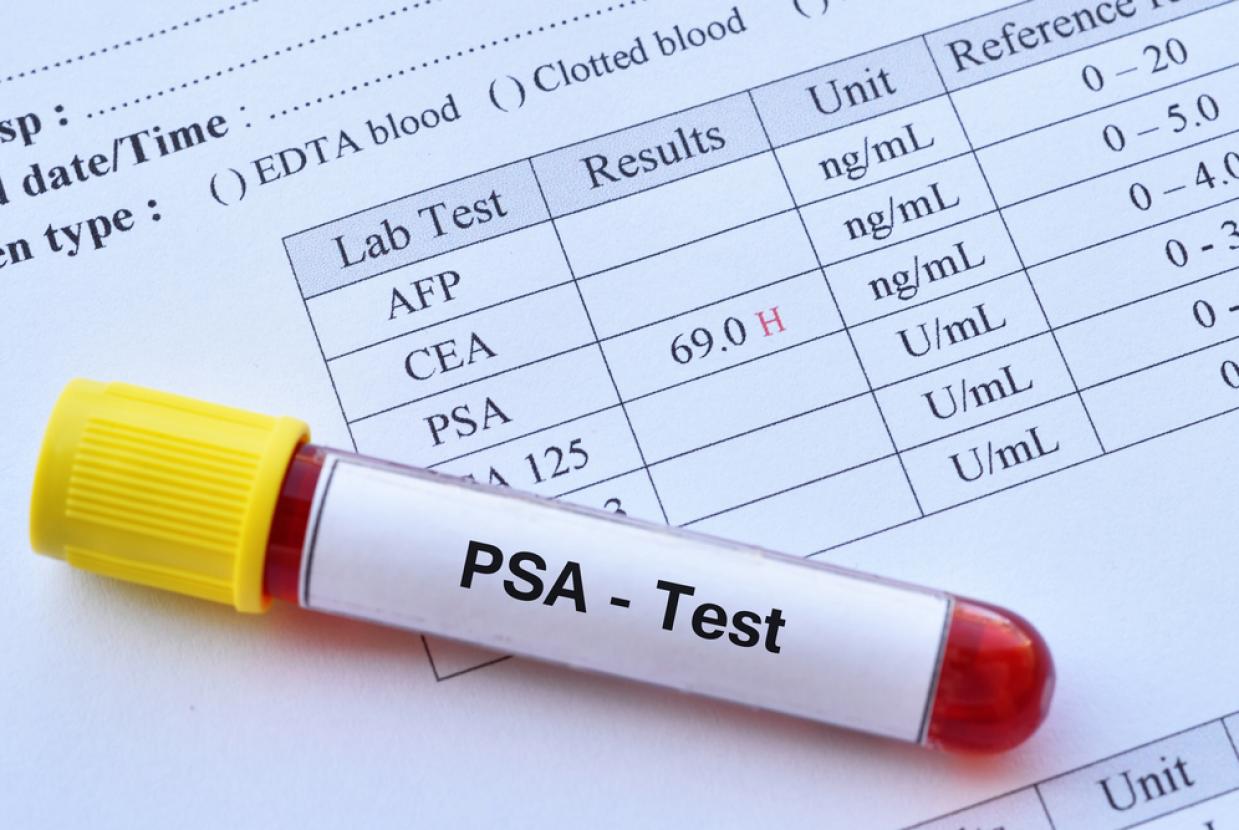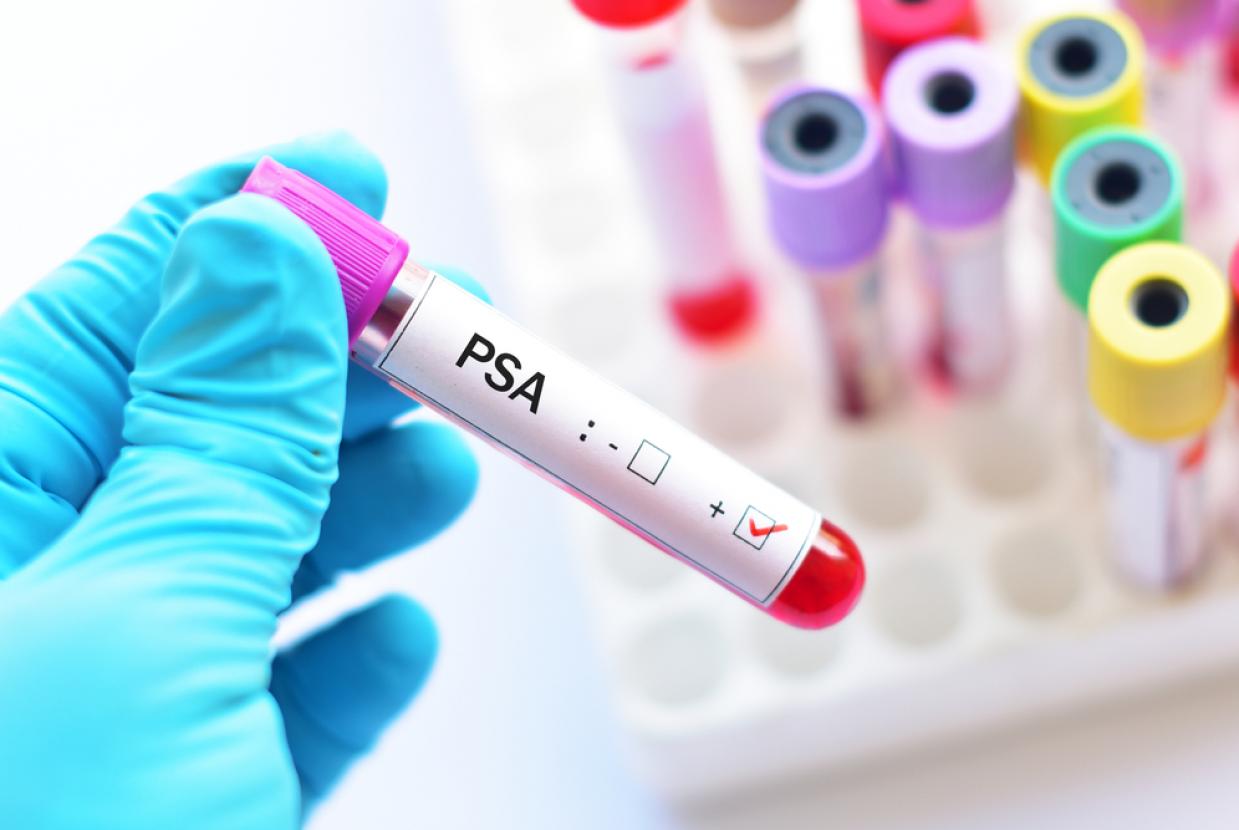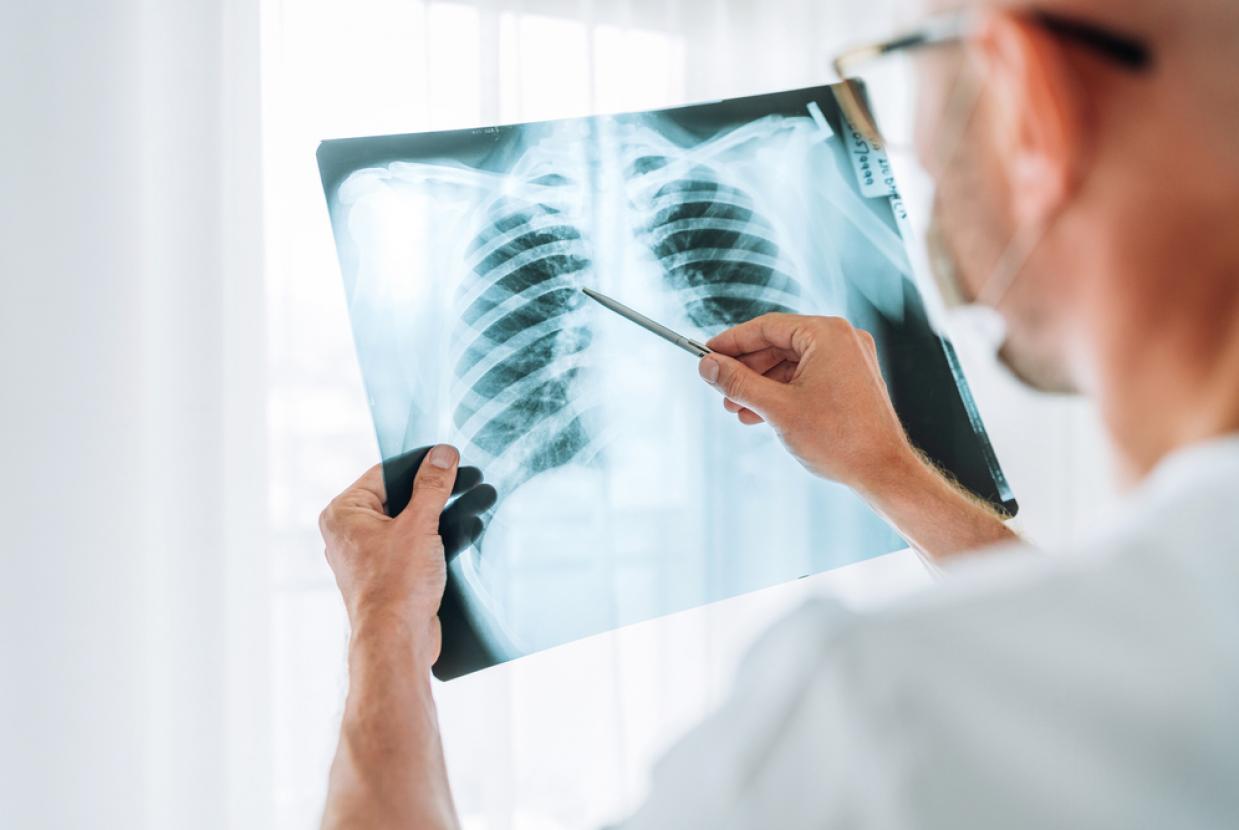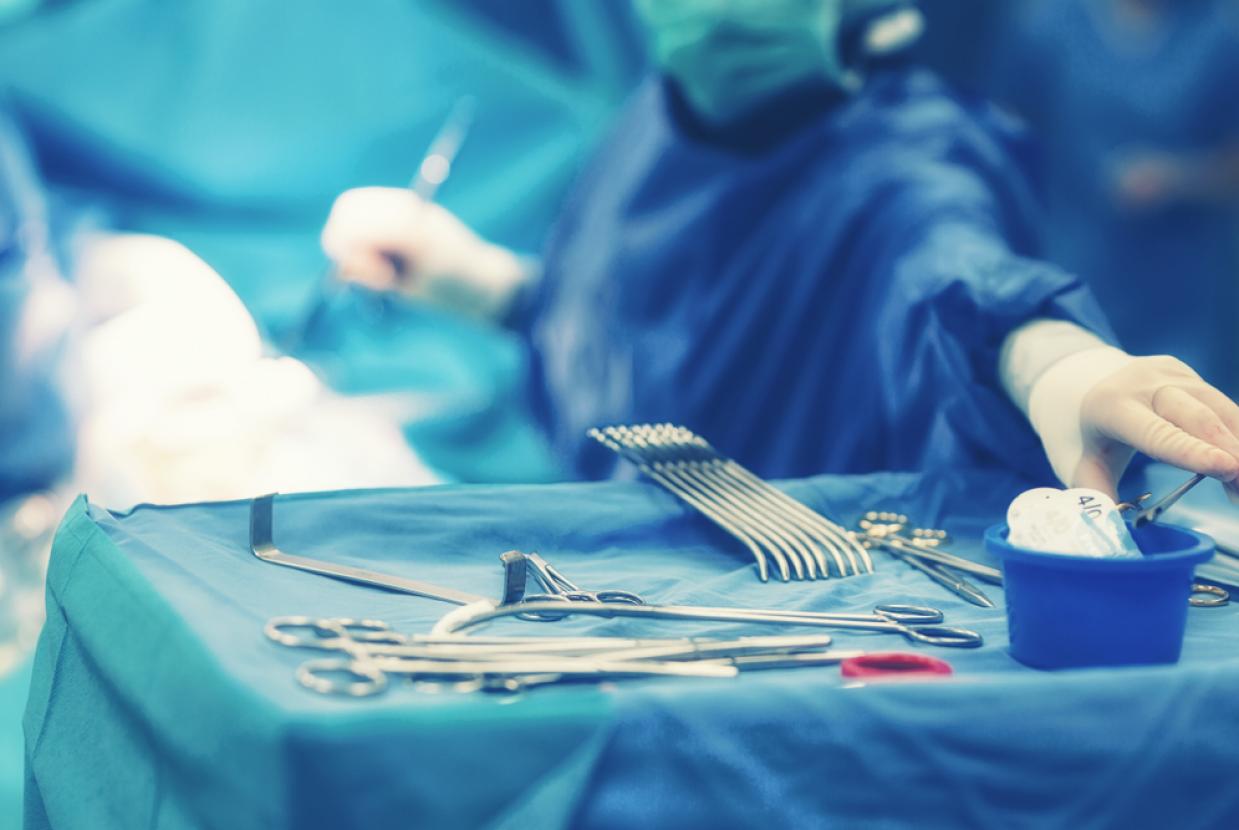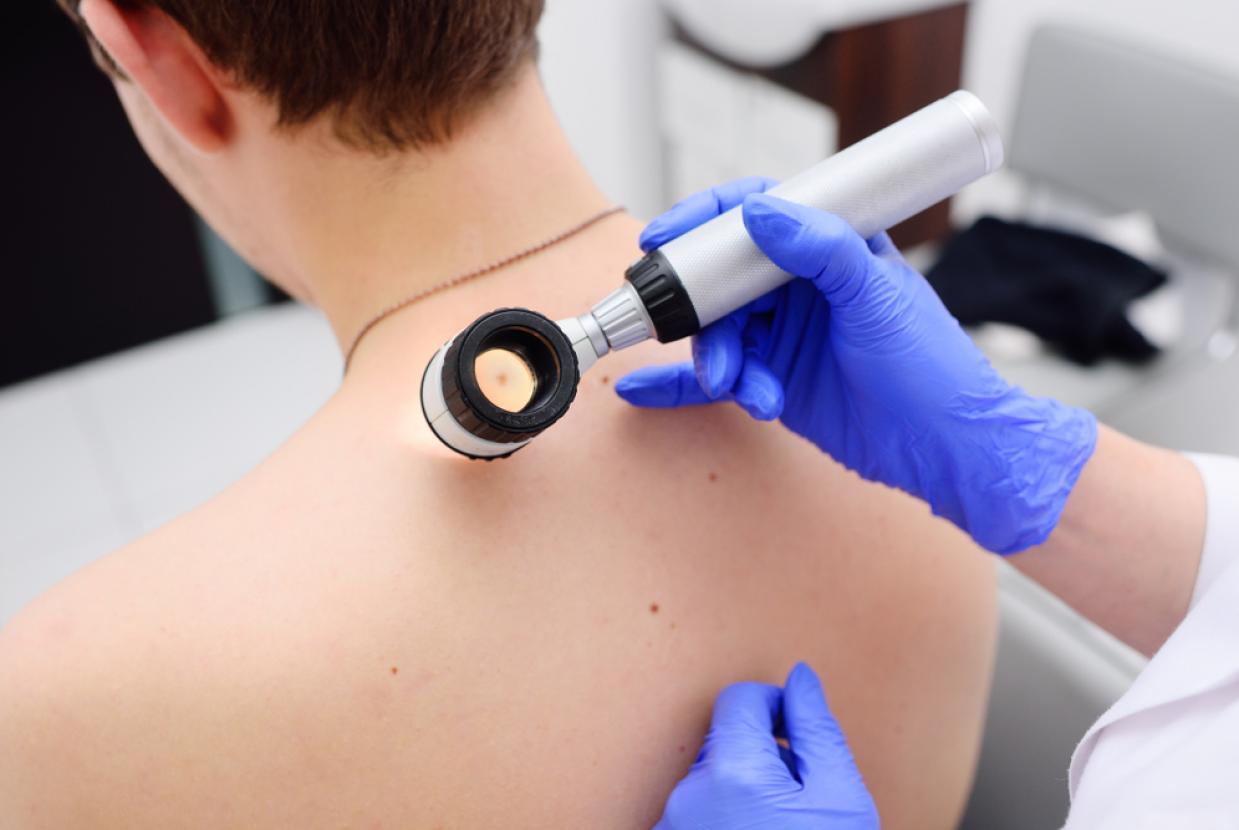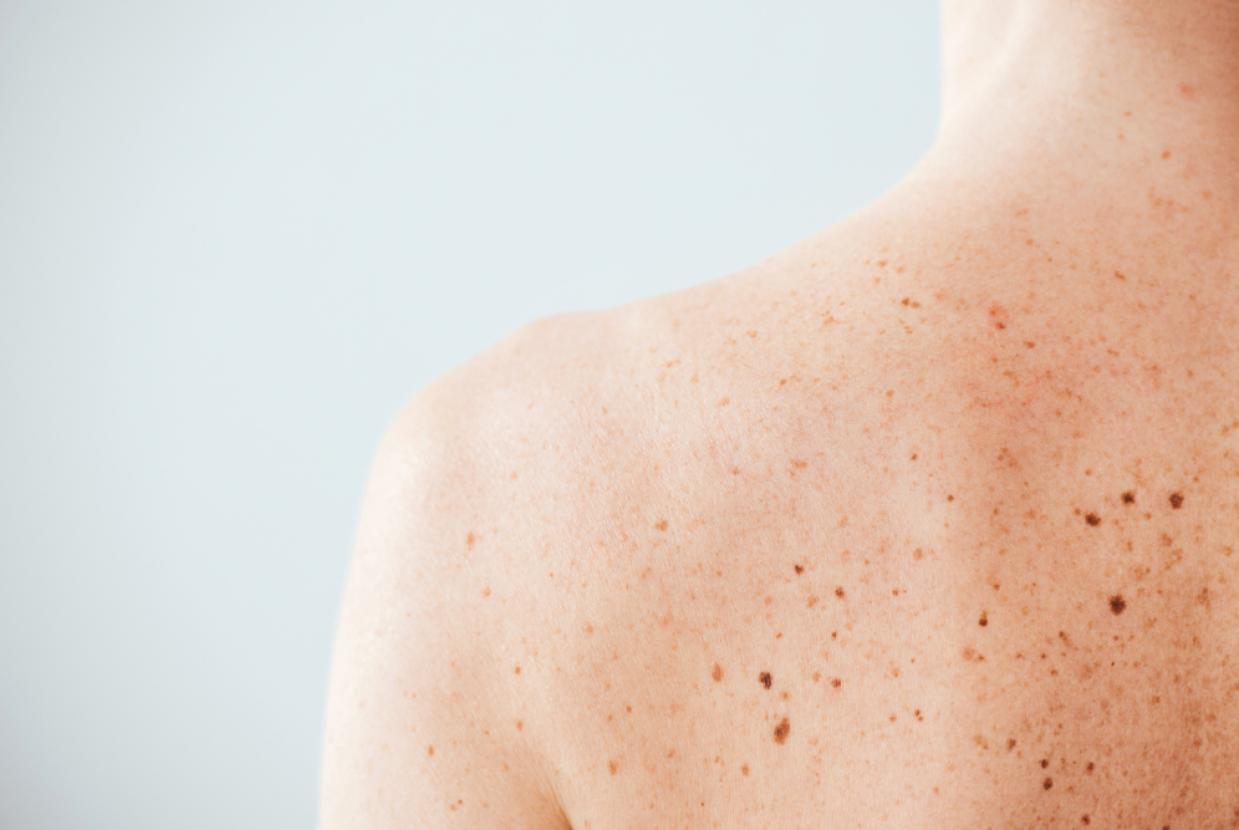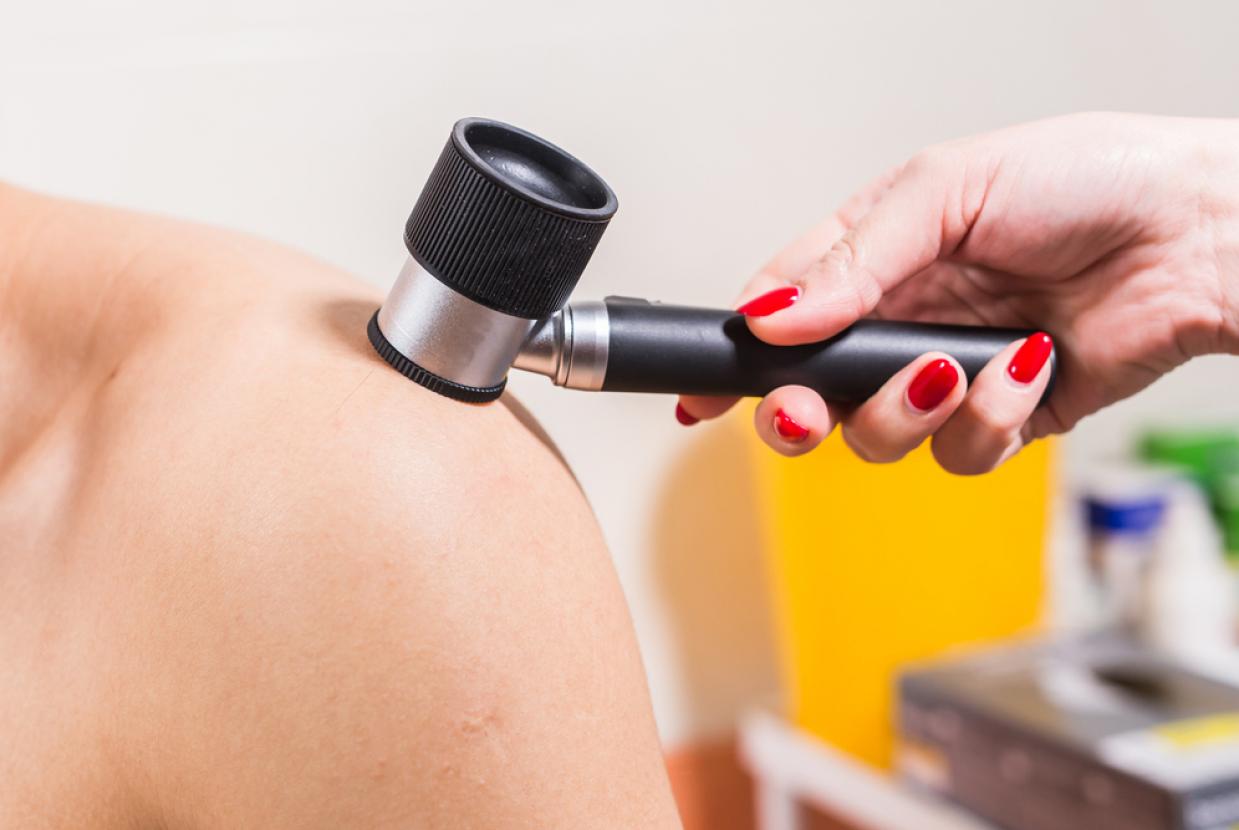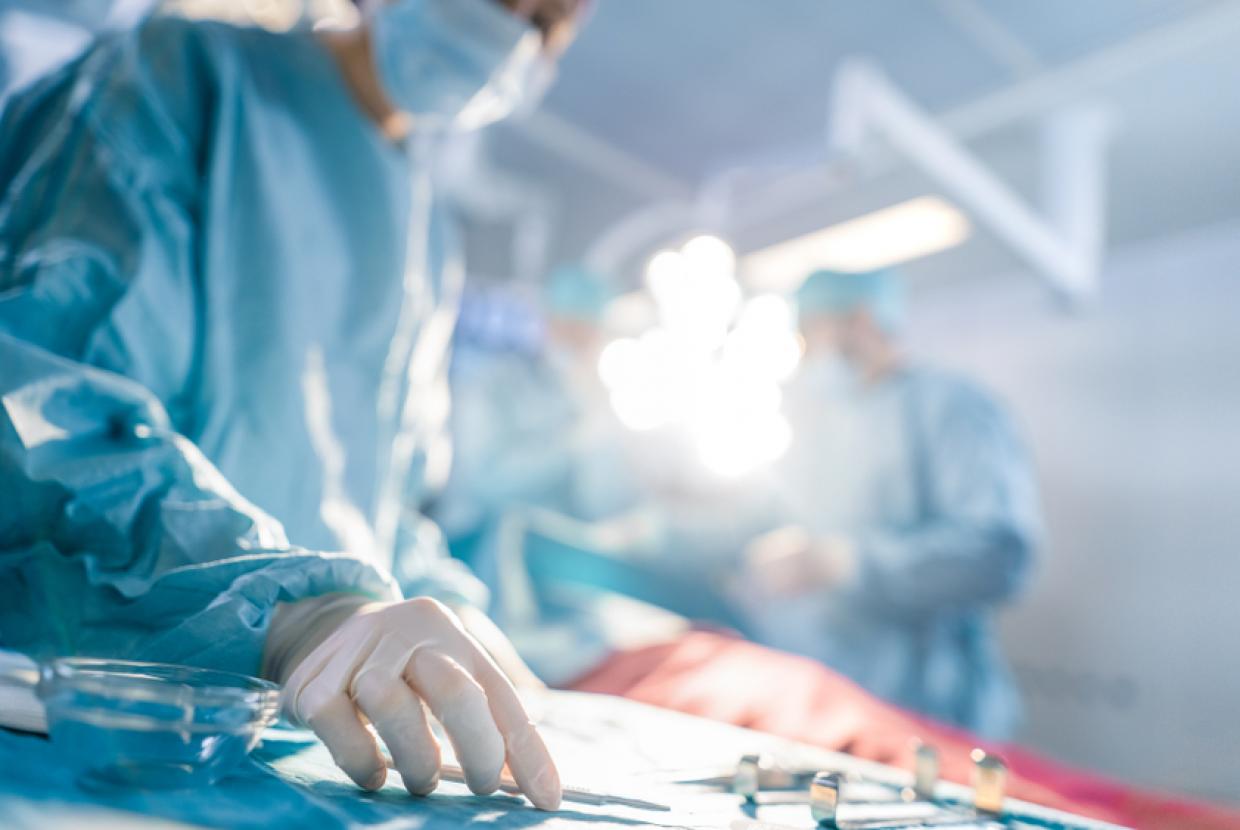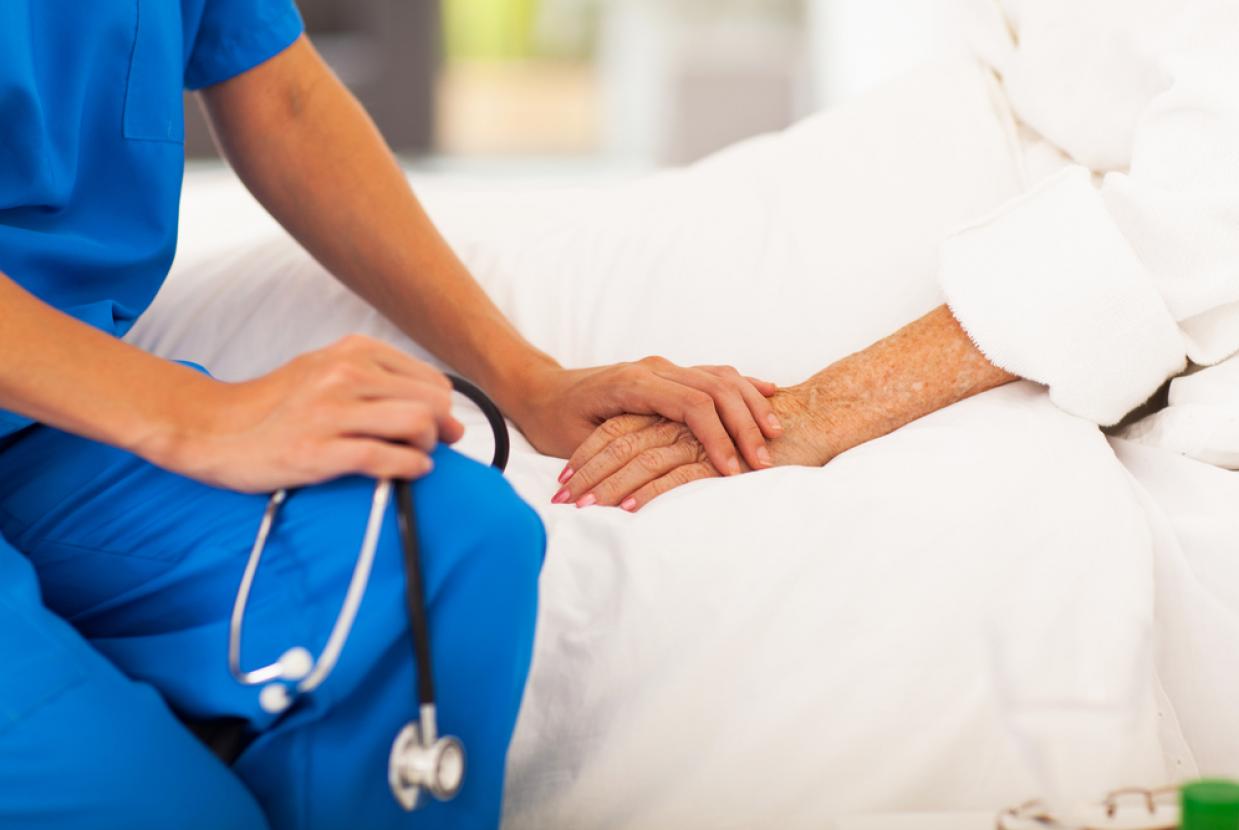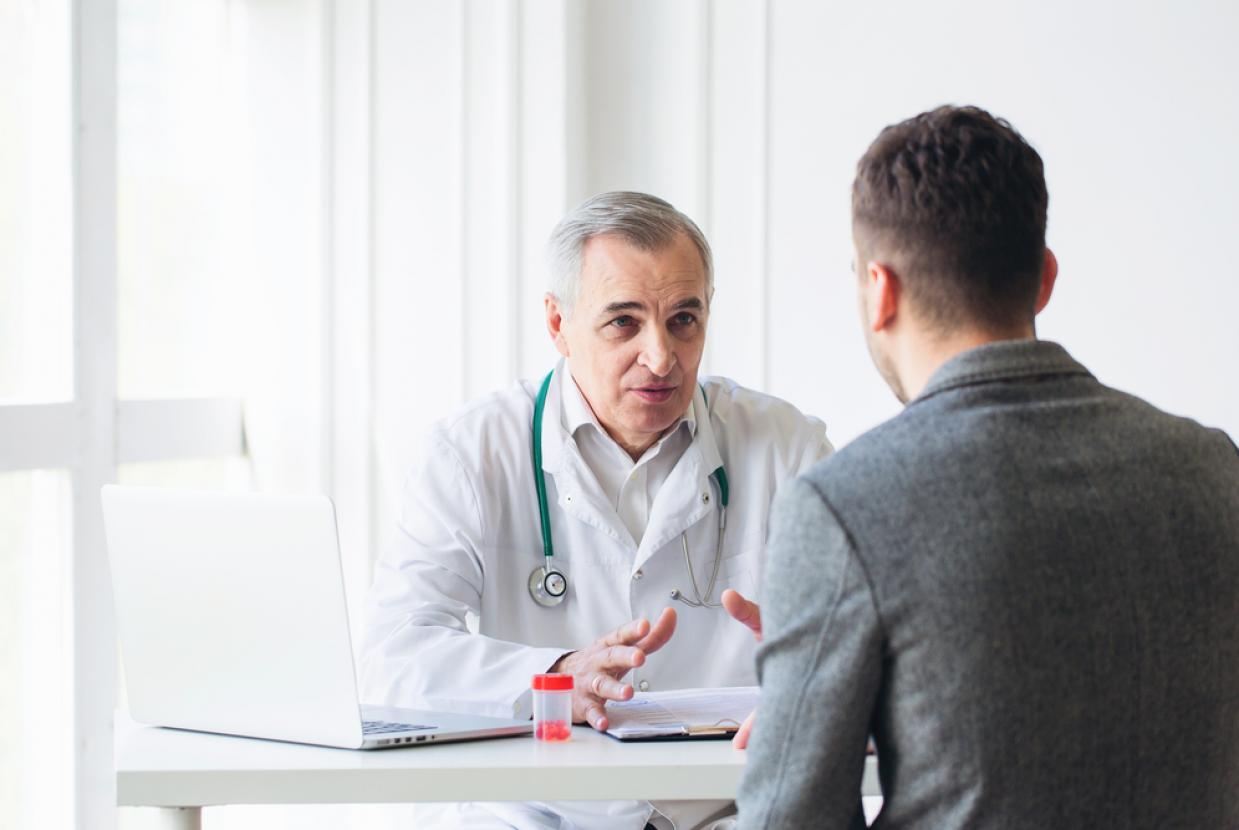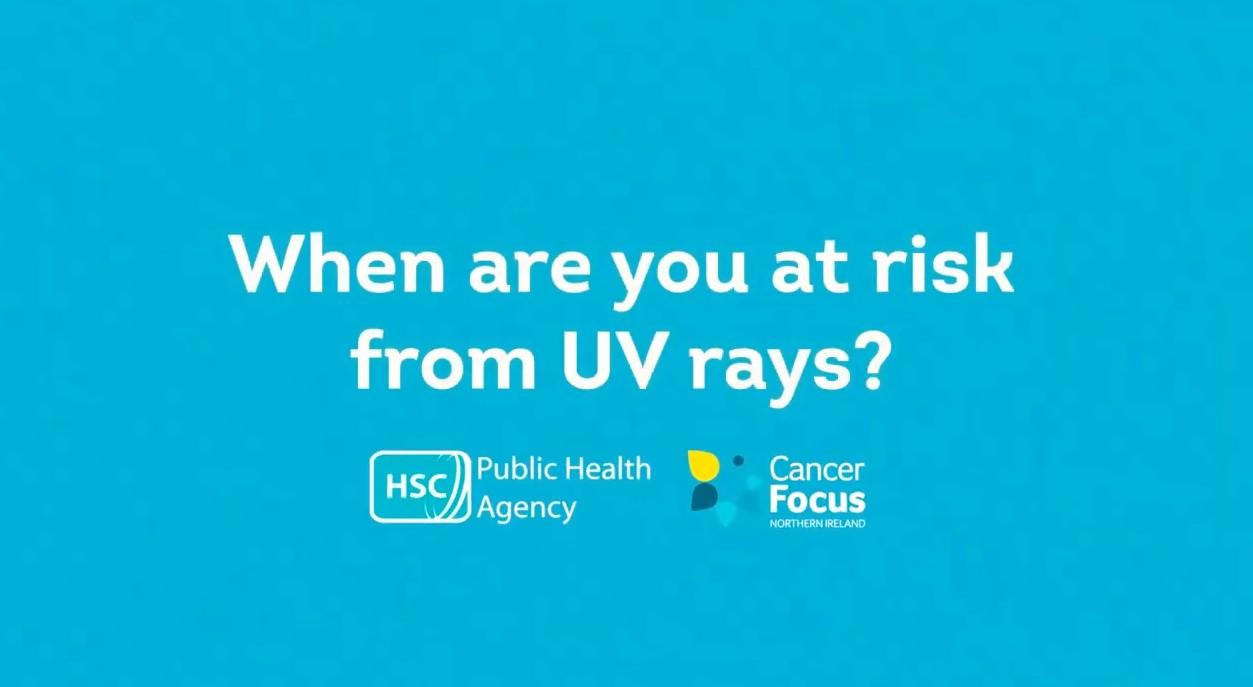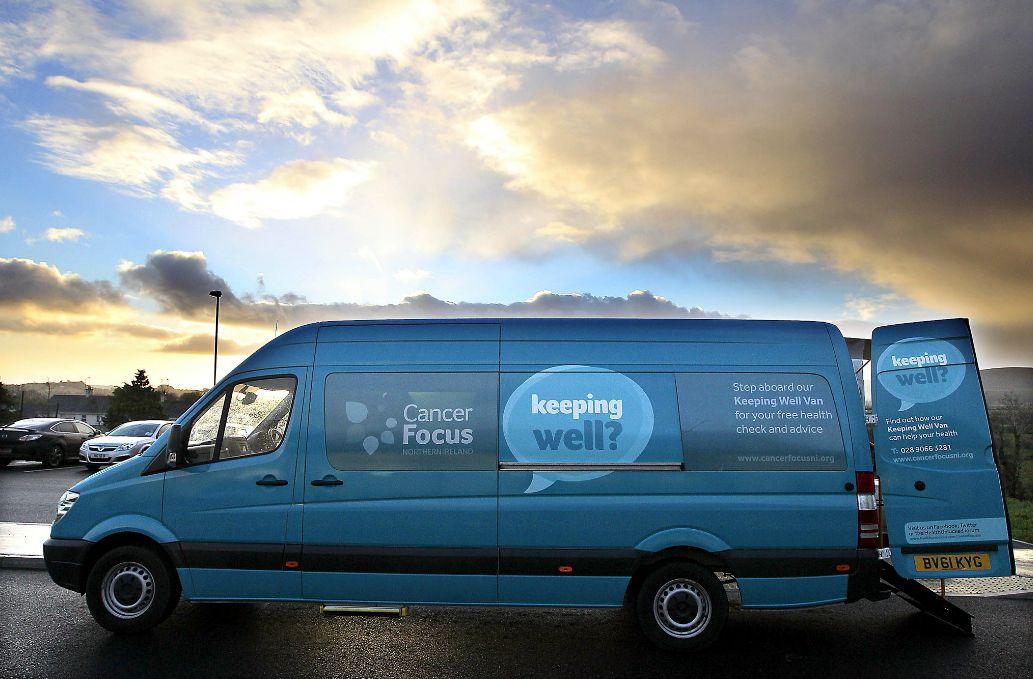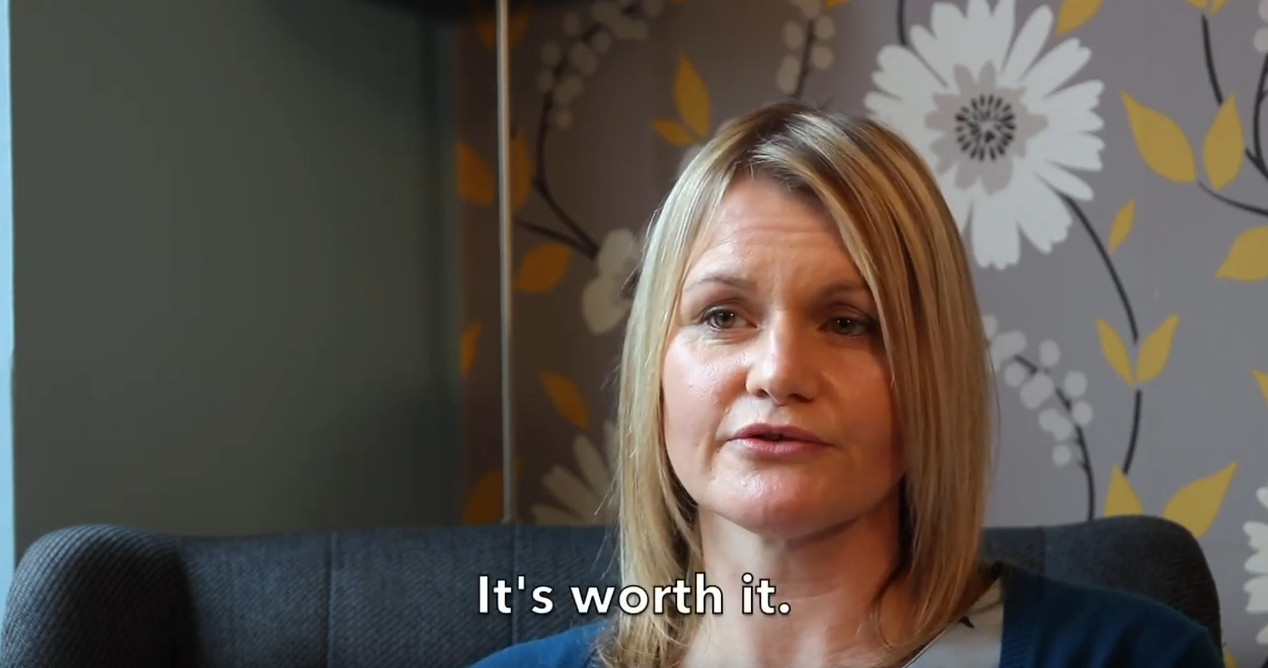Treatments To Reduce Your Risk
If you have a greatly increased risk of developing breast cancer, for example a BRCA gene carrier, treatment might be available to reduce your risk. This applies to a very small minority of women.
Your level of risk is determined by factors such as your age, your family's medical history, and the results of genetic tests. You will usually be referred to a specialist genetics service if it's thought you have a significantly increased risk of breast cancer. Healthcare professionals working at these services might discuss treatment options with you.
The 2 main treatments are surgery to remove the breasts (mastectomy) or medication. These are described in more detail below.
Mastectomy
A mastectomy is surgery to remove the breast. It can be used to treat breast cancer, and can reduce the chances of developing the condition in the small number of women from very high-risk families.
By removing as much breast tissue as possible, a mastectomy can reduce your risk of breast cancer by up to 95%. However, a mastectomy does not reduce the risk of developing breast cancer down to zero. It is not possible to remove every single breast cell at the time of a mastectomy.
However, like all operations, there is a risk of complications, and having your breasts removed can have a significant effect on your body image and sexual relationships.
If you want to, you can usually choose to have a breast reconstruction either during the mastectomy operation or at a later date.
During breast reconstruction surgery, your breast shape is recreated using either breast implants or tissue from elsewhere in your body.
An alternative is to use breast prostheses. These are artificial breasts that can be worn inside your bra. An alternative to mastectomy is a nipple-sparing mastectomy, where the whole mammary gland is removed, but the skin envelope is preserved. This procedure may not be suitable for all women. Your surgeon can discuss this with you.
Diagnosis
You may be diagnosed with breast cancer after routine breast screening, or you may have symptoms that you've seen your GP about.
Seeing your GP
See your GP as soon as possible if you notice any symptoms of breast cancer. This could be an unusual lump in your breast or any change in the appearance, feel or shape of your breasts.
Your GP will examine you. If they think your symptoms need further assessment, they'll refer you to a specialist breast cancer clinic.
Tests at the breast cancer clinic
If you have suspected breast cancer you'll be referred to a specialist breast cancer clinic for further tests. This referral will be because of your symptoms or because your mammogram has shown an abnormality,
Mammogram and breast ultrasound
If you have symptoms and have been referred to a specialist breast unit by your GP, you'll probably be invited to have a mammogram if you are over 35 years old. This is an X-ray of your breasts. You may also need an ultrasound scan.
If your cancer was detected through the BreastCheck screening programme, you may need another mammogram or ultrasound scan.
Ultrasound uses high-frequency sound waves to produce an image of the inside of your breasts. It helps to determine the nature of a lump or of the abnormality. It may be needed to find out if a lump in your breast is solid or contains liquid.
Your breasts are made up of thousands of tiny glands (lobules) that produce milk. This glandular tissue contains a higher concentration of breast cells than other breast tissue, making it denser.
Dense breast tissue can make a mammogram difficult to read. Lumps or areas of abnormal tissue are harder to spot.
Younger women tend to have denser breasts. This is why mammography is not routinely performed in women under 35 years. As you get older, the amount of glandular tissue in your breasts decreases and is replaced by fat. This means your breasts become less dense. Read more about breast screening.
Biopsy
A biopsy is where a sample of tissue cells is taken from your breast and tested to see if it's cancerous.
You may also need a scan and a needle test on lymph nodes in your armpit (axilla) to see if these are also affected. Biopsies can be taken in different ways, and the type you have will depend on what your doctor knows about your condition.
Needle biopsy is the most common type of biopsy. A small sample of tissue is taken from a lump in your breast using the ultrasound machine to help the doctor to sample the correct part.
You'll have a local anaesthetic. You'll be awake during the procedure, but your breast will be numb.
Your doctor may suggest that you have a mammogram guided needle biopsy. This is called a stereotactic biopsy. This is usually guided by a mammogram to obtain a more precise and reliable diagnosis of cancer.
This also can distinguish it from any non-invasive change, particularly ductal carcinoma in situ (DCIS).
Further tests for breast cancer
If a diagnosis of breast cancer is confirmed, more tests may be needed to determine the stage of the cancer.
Scans and X-rays
Computerised tomography (CT) scans, or chest X-ray ultrasound scans of abdomen and bone may be needed to check if the cancer has spread outside of the breast area. Your doctor will discuss with you if these are needed.
An MRI scan of the breast may be needed to clarify the results. It may be also used to assess the extent of the condition within the breast.


